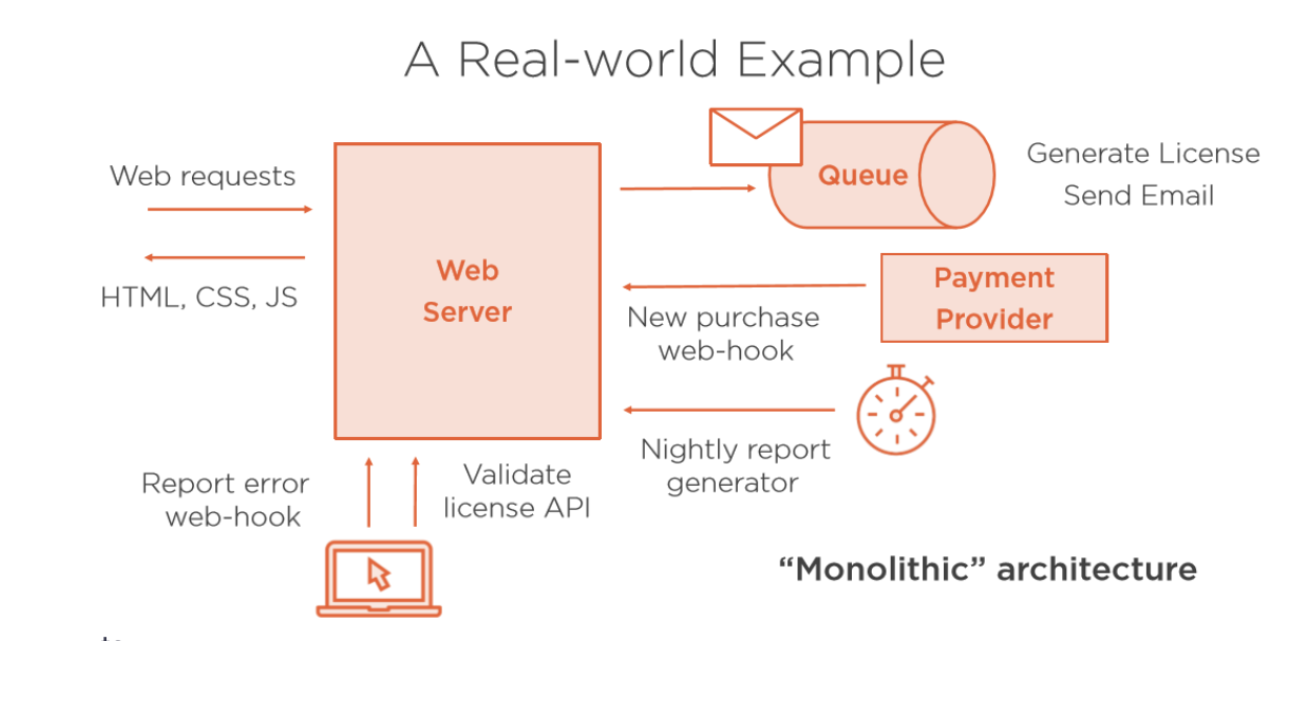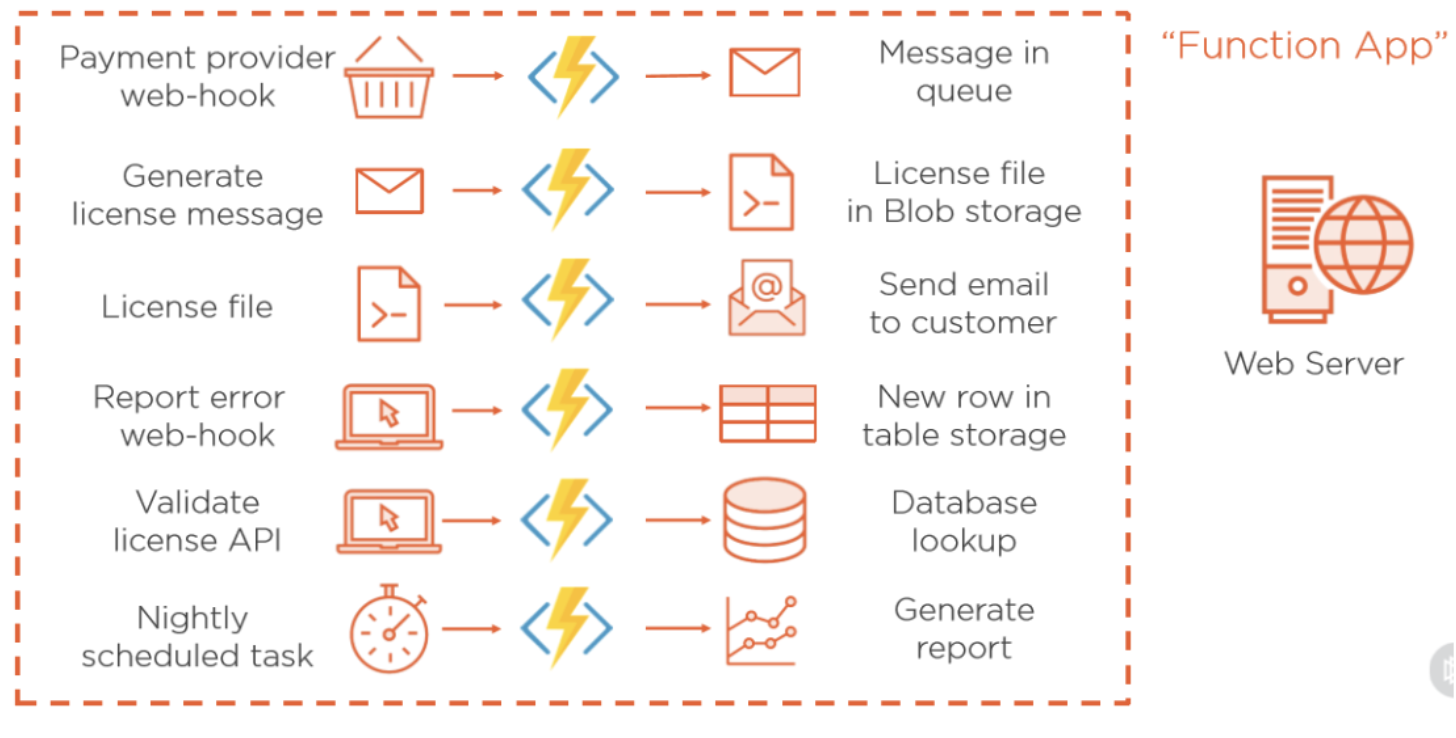The history of serverless computing began in 2008, when Google sparked a significant shift with the introduction of the Google App Engine. This breakthrough empowered developers to create and launch software on Google’s cloud without grappling with the complexities of server provisioning or the hassle of manual operating system updates.
Following this trajectory, Amazon introduced Lambda in 2015, unveiling a similar service that liberated developers from concerns related to hardware, operating system maintenance, scalability, and geographic considerations.
As the demand for serverless computing surged, Microsoft Azure assumed a pioneering role in Platform-as-a-Service (PaaS).
Initially released in preview in March 2016, the evolution of Azure Functions culminated in its general availability. Today, Azure Functions stands as a testament to Microsoft’s unwavering dedication to providing cutting-edge solutions, enabling developers to efficiently embrace the future of application development.
Now, why is serverless computing so impactful nowadays?
In this article, we’ll get into the key aspects of managing serverless applications focusing specifically on Azure Functions. We’ll draw insights from the broader serverless landscape, discuss the advantages and challenges associated with this innovative approach, and provide three business cases illustrating how serverless computing with Azure Functions is making a significant impact on the business landscape.
What is serverless architecture?
Serverless architecture is a cloud-native development model where developers can build and run applications without the burden of managing servers. The defining characteristic is the abstraction of server infrastructure, handled by the cloud provider. This allows developers to package their code in containers for seamless deployment.
Azure Functions, as a Function-as-a-Service (FaaS) offering, enables developers to write custom server-side logic without diving into the underlying infrastructure.
Benefits of serverless computing
Serverless computing brings numerous advantages to companies:
Increased developer productivity
Developers can offload routine and operational tasks such as server provisioning, scaling, and maintenance to the cloud provider, allowing them to focus more on writing code and building application logic.
DevOps facilitation
Serverless architectures reduce the need for developers to describe and manage infrastructure, promoting smoother DevOps practices.
Cost efficiency
Users only pay for the compute resources consumed during the execution of functions, which leads to significant cost savings compared to traditional models with always-on server components.
Automated scaling
Serverless applications automatically scale up or down based on demand, dynamically allocating resources in response to triggered events.
Versatility
Serverless excels in scenarios like batch processing, data stream handling, and business logic, providing versatility for various application requirements.
Integration with third-party services
Developers can easily integrate third-party services and APIs provided by the cloud provider, streamlining the development process.
What is the role of cloud providers in serverless computing?
In a serverless model, cloud providers run physical servers and dynamically allocate resources based on user needs.
Azure Functions, AWS Lambda, and Google Cloud Functions allow developers to deploy code directly into production. As mentioned previously, the serverless model falls into two categories: Backend-as-a-Service (BaaS) and Function-as-a-Service (FaaS).
And while BaaS provides prewritten services, FaaS involves developers writing custom server-side logic. Azure Functions, as part of major cloud providers’ offerings, exemplifies FaaS by managing containers automatically, ensuring efficient resource allocation.
Traditional architecture versus serverless architecture with Azure Functions: A practical example
The image below depicts a transition from a “monolithic” architecture to a more modern, serverless architecture using Azure Functions.
Traditional architecture

Serverless architecture with Azure Functions

Below is a breakdown of the main differences between the two architectures shown in the diagram.
Traditional architecture
A single web server handles multiple responsibilities, including serving web requests (HTML, CSS, JavaScript), interacting with a payment provider through a new purchase web-hook, managing a queue for tasks, sending emails for generated licenses, validating licenses through an API, generating nightly reports, and handling errors through a report error web-hook.
This architecture is characterized by all components being tightly integrated and deployed as a single service or application.
Transition to function app architecture
The traditional architecture can be transitioned to multiple Azure functions, where each box in the lower half of the diagram represents a separate Azure function or a related Azure service.
Let’s walk through the flow, step by step, focusing on how each operation could be interconnected within an Azure Functions context:
Payment provider web-hook
A customer completes a payment using a payment provider service. The payment provider triggers a web-hook, which calls an Azure function.
Generate license message
The Azure function receives data from the web-hook and processes it to generate a license message. This message could include a license key and other relevant details for the customer.
Message in queue
The generated license message is then placed onto an Azure queue. This is typically done to decouple the license generation from the next steps and to handle workload spikes gracefully.
License file in Blob Storage
Another Azure function is triggered by the new message in the queue. This function creates a license file, possibly a text or JSON file with the license details, and uploads it to Azure Blob Storage.
Send email to customer
Yet another Azure function could be triggered by the successful storage of the license file. This function uses an email service (like SendGrid, which can be integrated with Azure Functions) to send the license file or key to the customer’s email address.
Report error web-hook
If any of the above steps fail, an Azure Function can be configured to send error details to a report error web-hook. This could notify developers or log the error to an incident management system.
This serverless architecture offers several benefits over the traditional approach including scalability, resilience, and cost-effectiveness (since with Azure Functions, you only pay for the time your code runs, which can be more cost-effective than maintaining a server 24/7).
Conclusion
In this article, we’ve explored the key aspects of managing serverless applications focusing specifically on Azure Functions. We’ve discussed the advantages associated with this innovative model and provided a business case illustrating how serverless computing with Azure Functions is making a significant impact for business operations.
Serverless computing, exemplified by Azure Functions, has transformed the landscape of application development by eliminating the complexities associated with server management. In addition, the seamless integration of Azure Functions with Azure API Management further enhances the overall development and deployment experience.
Kanda is a designated Microsoft Solutions Partner for Digital & App Innovation (Azure). This recognition positions Kanda as a trusted partner with the expertise to build, run, and manage applications seamlessly across various cloud environments, on-premises, and at the edge, utilizing preferred tools and frameworks.
As a Microsoft Solutions Partner, we are well-equipped to assist clients in optimizing and managing serverless applications with Azure Functions, ensuring a robust and efficient digital infrastructure for any types of businesses.
Want to increase efficiency in your cloud environment?
Talk to us.


 Below is a breakdown of the main differences between the two architectures shown in the diagram.
Below is a breakdown of the main differences between the two architectures shown in the diagram.



